Affiliate links on Android Authority may earn us a commission. Learn more.
The top three smartphone innovations of 2017
December 21, 2017
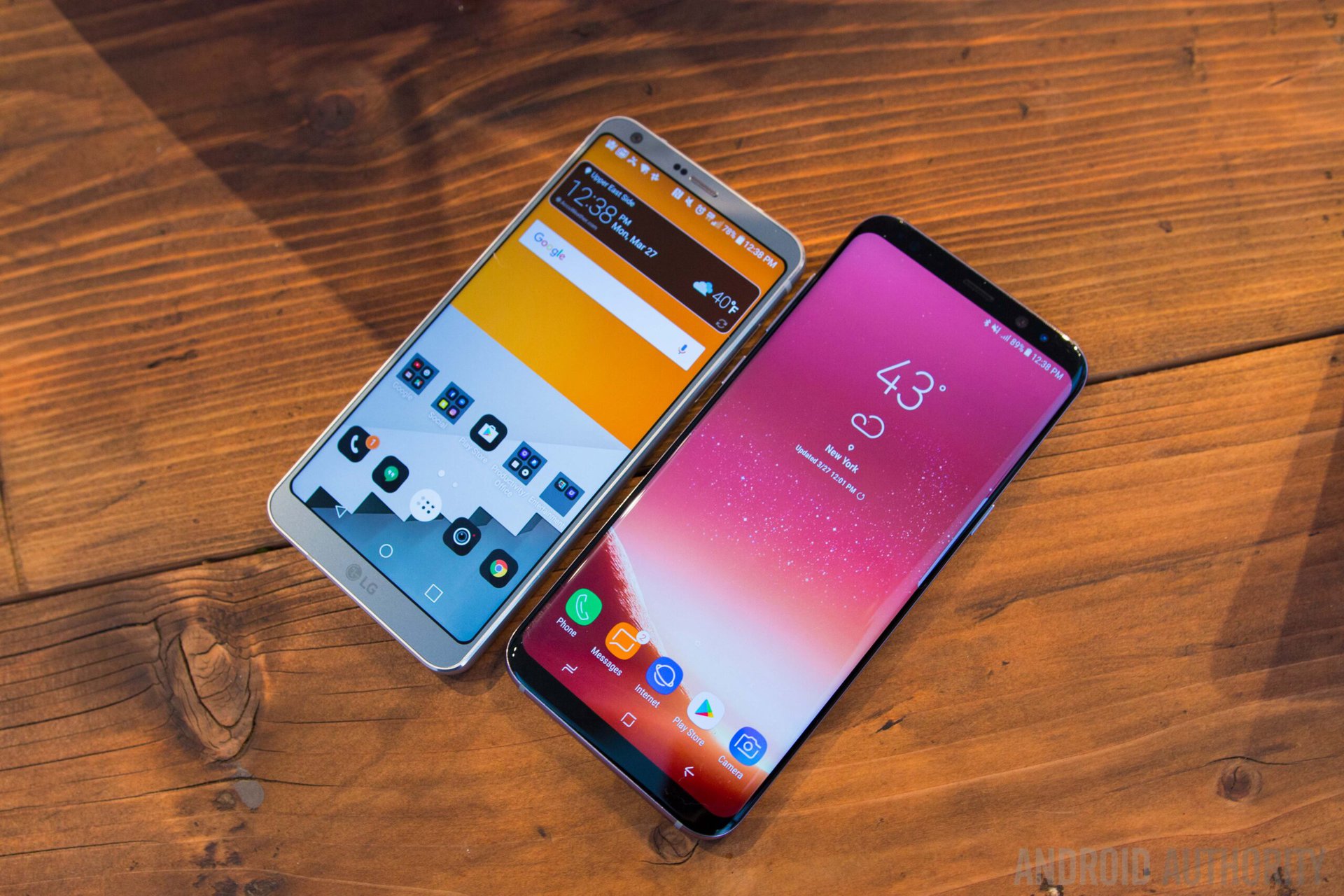
2017 wasn’t exactly a banner year for smartphone innovation. It felt like the industry took a break from bringing out new features, as most companies simply brought consumers more of what was already out there.
However, three interesting trends either started in or became more pronounced this year, and we hope we will see more of them in 2018. These three smartphone innovations promise consumers a better overall experience, and we will certainly see them show up in future handsets over the next 12 months.
18:9 display ratio displays

Historically most smartphones featured displays with a 16:9 aspect ratio. This is the standard ratio for big screen televisions and feature films in theaters, so it made sense for phones to use that same measurement for playing movies on the small screen. However, in 2017 a number of major smartphones moved to an 18:9 ratio.
It started with the LG G6, which used the 18:9 ratio for its 5.7-inch 2,880 x 1,440 display. As we mentioned in our review of the phone from earlier this year, this design move, which LG termed as FullVision, actually made the G6 a bit smaller than the older LG V20, despite both having 5.7-inch displays.
The 18:9 displays got an even bigger boost just a few weeks after the launch of the LG G6 with the release of both the Samsung Galaxy S8 and S8 Plus. Both phones use that aspect ratio (well, technically it’s 18.5:9) and Samsung made it a big selling point. The “Infinity Display” allowed the Galaxy S8 and S8 Plus to have very little bezel space while increasing screen area. Since the launch of LG and Samsung’s phones, we have seen the 18:9 (or 2:1, if you want to go that route) aspect ratio on many other phones, like the Samsung Galaxy Note 8, LG V30, OnePlus 5T, and more.
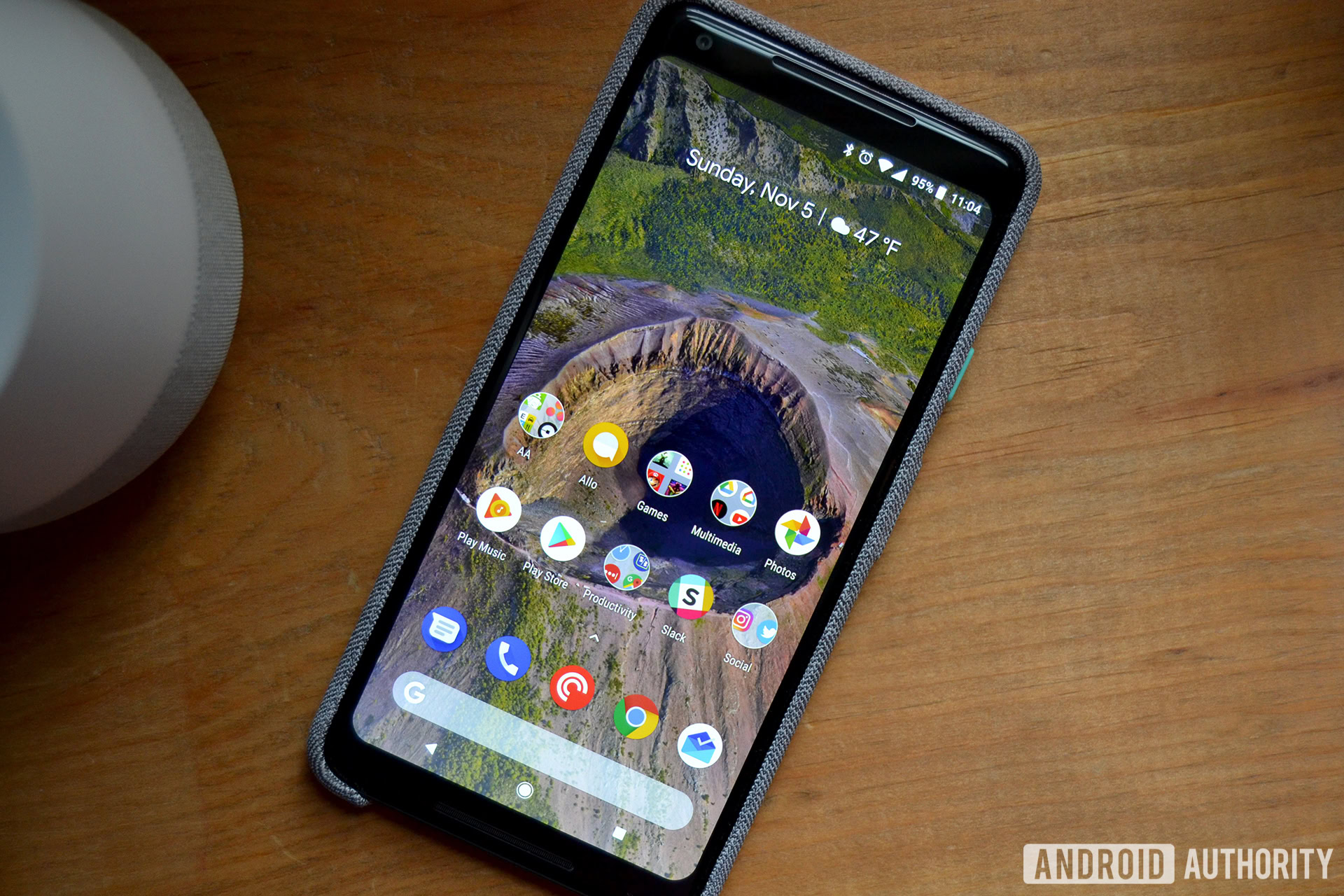
Even Google has embraced this new format, adopting it for the Pixel 2 XL‘s 6-inch display. Apple went even further with its almost bezel-free iPhone X. It put in a 5.8-inch display with an even taller 19.5:9 aspect ratio.
18:9 displays still have issues with some movies and TV shows. While content tailored to the new format is starting to come out, the standard aspect ratio is still 16:9. That means lot of content will either have to stretch to fit the screen or use letterboxing to prevent distortion.
It seems to be a minor issue for consumers though, as there is growing acceptance of the 18:9 format in smartphones. We expect that this innovation will continue to pop up in 2018, and likely in more mid-range, and perhaps budget, smartphones. Everyone likes a bigger screen. If it doesn’t actually make the phone bigger, even better.
120 Hz smartphone screens – better looking graphics
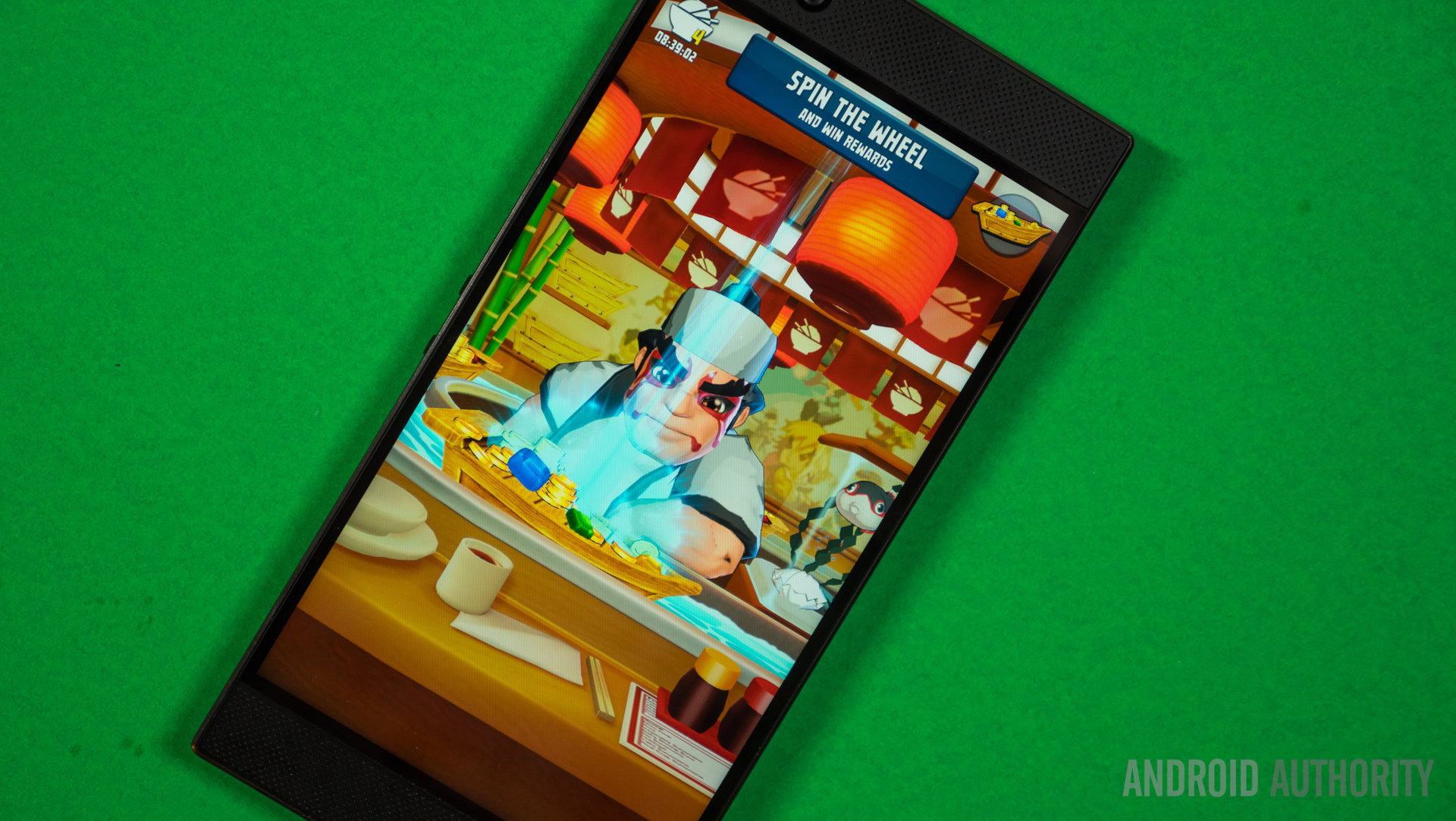
Another 2017 smartphone innovation centers on the display, but it’s been far less common than the 18:9 aspect ratio. The Razer Phone, which launched in early November, is perhaps the most well-known smartphone to support a display with a 120 Hz refresh rate, instead of the normal 60 Hz. A few of Sharp’s Aquos branded smartphones (generally only available in Asia) have also added support for 120 Hz refresh rates.
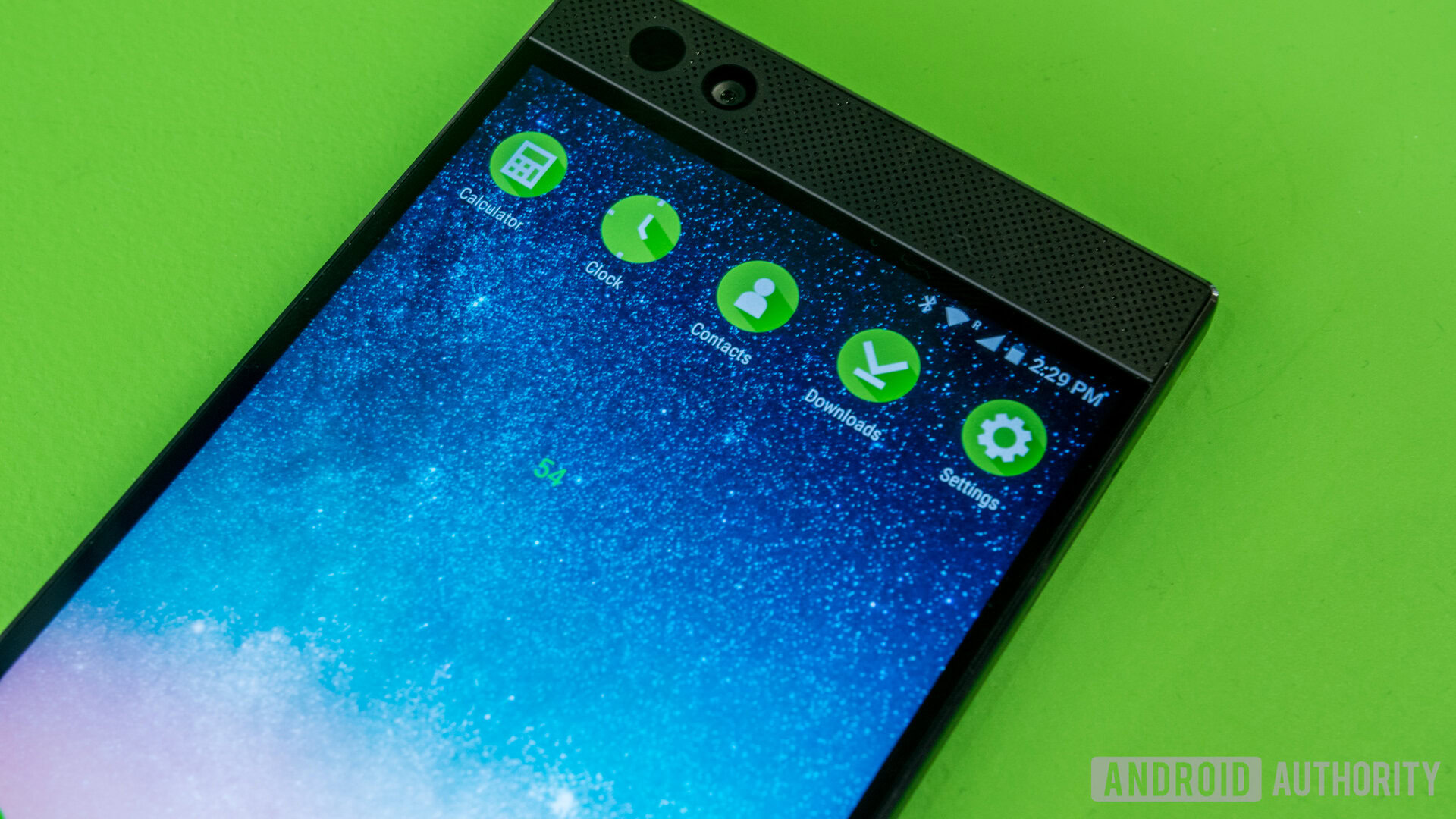
Why is this a big deal? A screen’s refresh rate refers to how fast a it can update a picture every second. In theory, if your display has a higher refresh rate, its image should be smoother and clearer, even while scrolling on your smartphone. Razer promoted the higher rate with another technology it developed called Ultra Motion, which syncs with the phone’s GPU to change its refresh rate depending on the needs of what’s being run. This maintains an optimal refresh rate when you play games, resulting in much smoother looking graphics with less screen tearing.
As we move into 2018, we will likely see more smartphones with better support for virtual and augmented reality experiences. We will also see more stand alone VR headsets that use smartphone hardware inside, running Android based games. Having a higher refresh rate for these displays will make VR and AR apps look better, with lower latency. The Razer Phone’s push to add a higher refresh rate will likely result in more gaming and VR-oriented smartphones launching with similar rates on their displays in the next year.
The eSIM – ditching the old fashioned SIM card
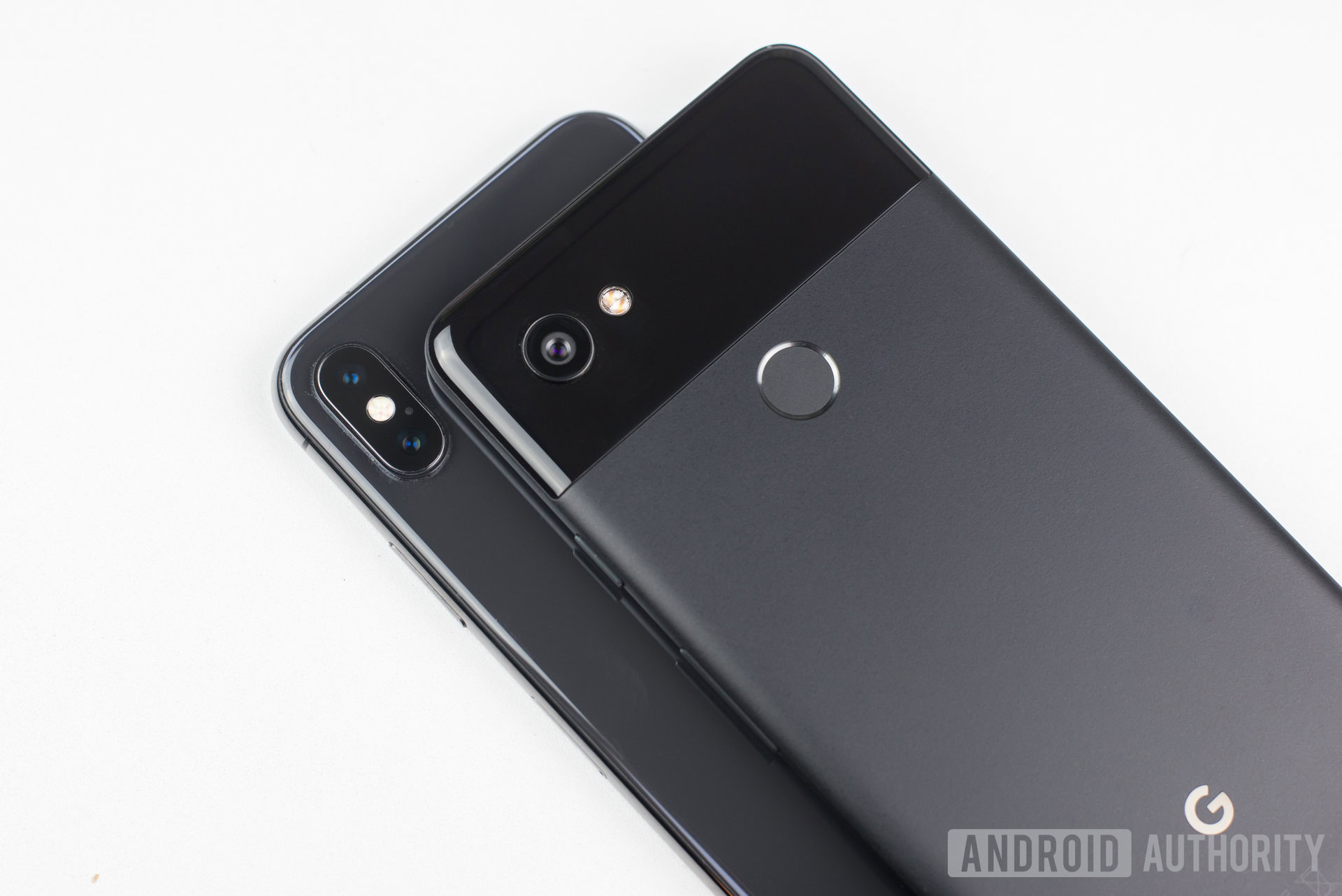
No matter how advanced your smartphone is, you still need a good old-fashioned SIM card inside if you really want to use it as a normal cell phone. If you buy an unlocked phone from Amazon, or give an old one to a family member or friend, that device still needs that tiny card to be installed manually to use it with AT&T, Verizon, and other carriers. In 2017, we saw the first preview of a new way smartphones will finally, hopefully, get rid of this old technology.
The Google Pixel 2 and Pixel 2 XL are the first phones released with new eSIM technology. Both devices have an embedded SIM cards designed so they cannot be removed. The advantage of this technology is that you should be able to switch carriers with a software app menu and a few taps on a screen. This kind of technology will not only be helpful for people who buy unlocked phones or give old phones as gifts, but also international travelers, who won’t need to get an extra SIM card to make calls and connect with cellular data networks in other countries.
At the moment, the eSIM support is only available for Pixel 2 and Pixel 2 XL owners if they sign up for Google’s Project Fi. However, the fact that Google is adding eSIM support for its latest flagship Android smartphones means the company is encouraging both phone manufacturers and wireless carriers to support eSIM in future handsets. 2018 will likely see the release of more phones with both Nano SIM and eSIM support. Hopefully in a few years phone makers will get rid of physical SIM cards entirely.
Conclusion
2017 was not a hugely innovative year, but there progress has been made in making displays larger and better, along with a first effort in getting rid of a legacy smartphone technology. 2018 will hopefully offer at least a few more innovations.
What do you think we will see that’s new and cool in next year’s phones? Let us know in the comments!